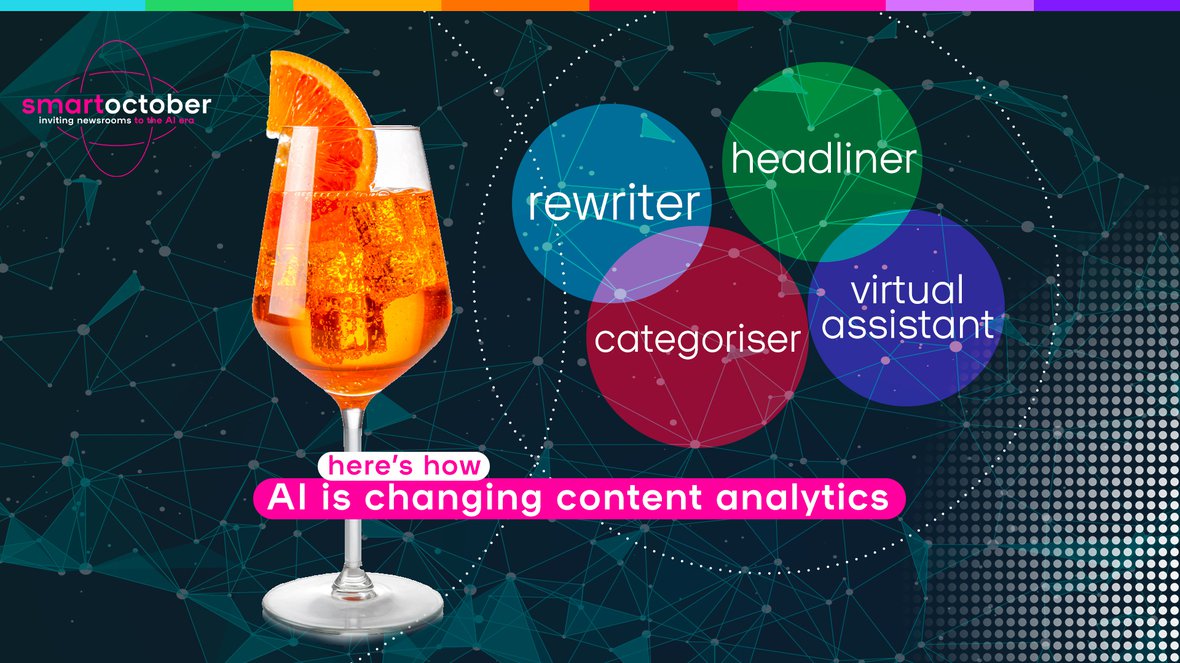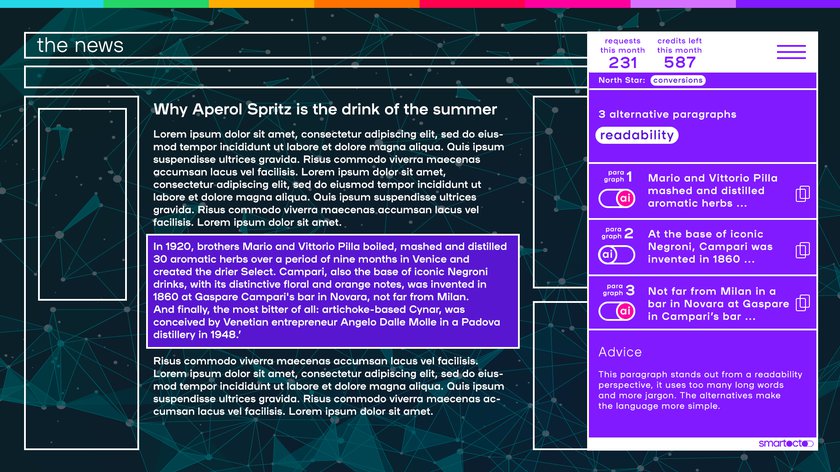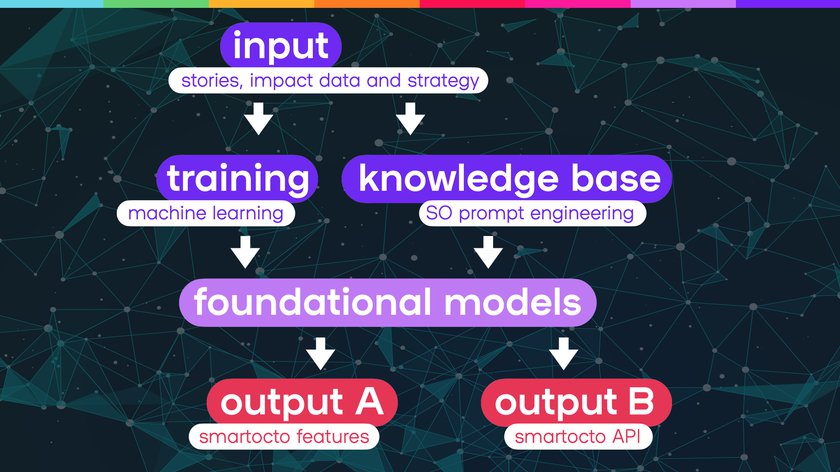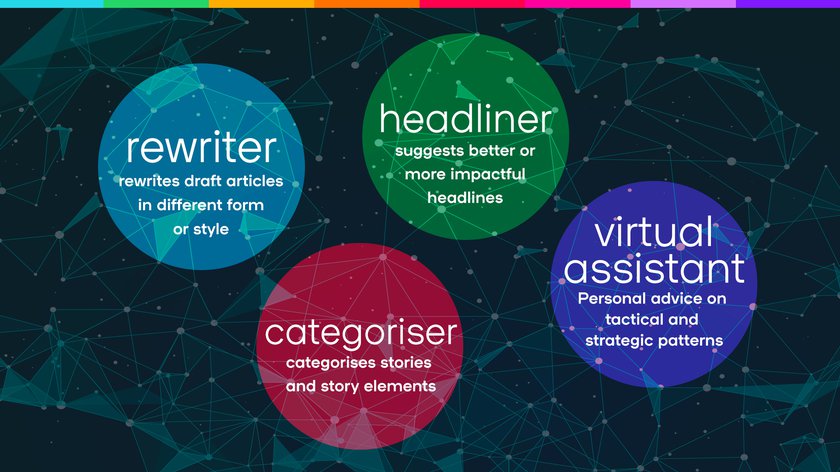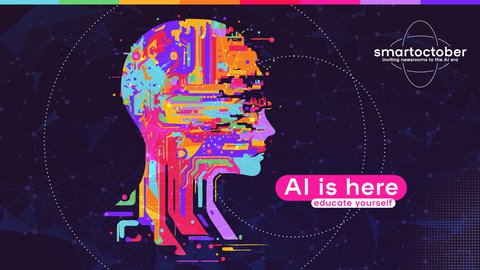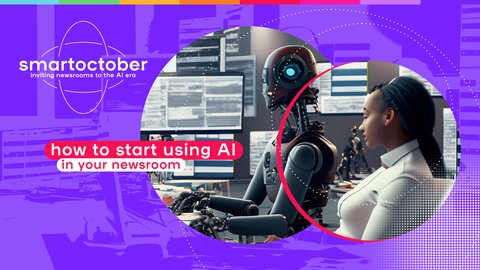Get a sneak peek behind the scenes with the team that’s integrating artificial intelligence into the smartocto tool and see what the future of content analytics looks like.
Describing smartocto.ai is no easy task; it goes beyond a mere feature release. It's akin to opening a new door in your house that leads to an entirely different world – a world that can reach you, the client.
In this blog, various metaphors are employed, but let's start with an example of how an actual article undergoes transformation through the AI-driven machinery of smartocto. Showcasing a BBC article with the headline: 'Why Aperol Spritz is the drink of the summer.'
What follows is an engaging piece on the history of the drink. However, it can be challenging to follow at times, especially due to the abundance of dates and figures. Take this paragraph, for instance:
-------------------
In 1920, brothers Mario and Vittorio Pilla boiled, mashed and distilled 30 aromatic herbs over a period of nine months in Venice and created the drier Select. Campari, also the base of iconic Negroni drinks, with its distinctive floral and orange notes, was invented in 1860 at Gaspare Campari's bar in Novara, not far from Milan. And finally, the most bitter of all: artichoke-based Cynar, was conceived by Venetian entrepreneur Angelo Dalle Molle in a Padova distillery in 1948.
-------------------
If this article had been analysed by the smartocto tool (we can't use real examples from our clients), we know that readers might disengage at this paragraph due to the plethora of names, dates, and figures (e.g., 30 herbs in nine months). If the bounce rate for that section is notably high, smartocto can issue a warning to the client, if that’s what you’d like to be alerted about. This warning might look something like: ‘Be cautious with this paragraph; many readers may disengage, likely due to the abundance of names, dates, and figures.’
